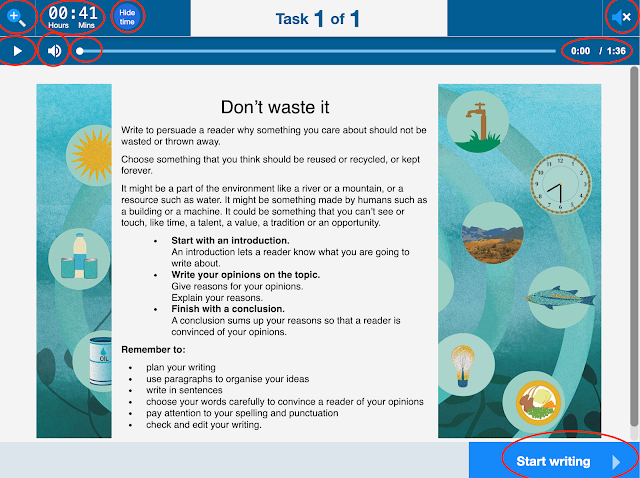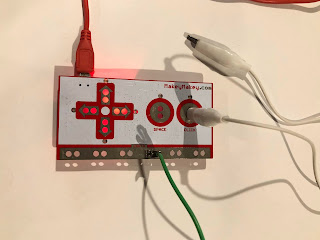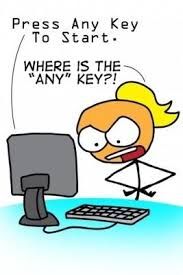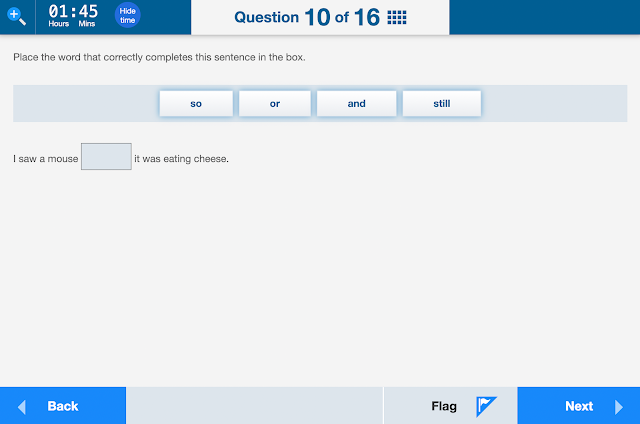Prior to working with eTextiles students need to understand the principals of a circuit. The importance of connecting the + on the battery to the + on the light. One of my previous blog posts was about using Paper Circuits
Once you have explored the basics of a simple circuit the next step would be to sew a simple circuit with conductive thread to connect a battery to an LED.
Tips when working with eTextiles
- Handsew the pieces together with regular cotton to hold all pieces together.
- Ensure when sewing each side of the circuit (+ to + and - to -) that threads do not cross or touch in any way.
- Use a running stitch.
- Pull thread firmly into place, don't use loose stitches.
- Knot ends tightly.
- Trim any loose threads close to the the knot.
- Clear nail polish can be used to seal the knots in place.
Possible Materials
Description
|
Item
|
Approximate Price
|
Conductive thread can be purchased in different thicknesses and in various lengths.
Check the ply, length or weight of the thread to ensure you are getting what you want.
|
|
Price is dependent on length, and ply. This bobbin is valued at $4.41.
|
One power source for eTextiles projects
|
|
Shop around a large range of prices from <$0.50 each when purchased in bulk to >$6.00 each
|
This battery holder includes a built in switch and is one of the more expensive style of battery holders.
|
|
A range of battery holders are available in a variety of styles.
A cheaper option may be to have a simpler battery holder with a metal press stud (snap button) as the switch.
|
This set of 5 lights is not programmed with a Lilypad. It can be sewn directly onto projects with no computing required
|
|
From <$0.50 each when purchased in bulk.
The item in this picture is approximately $2.50
|
Lilypad compatible lights are able to be programmed to blink.
|
|
A little more expensive than the basic lights above. This kit is about $4.00 but can be purchased for a range of prices online.
|
Lily Pad Twinkle - adds twinkling lights to a project without programming.
|
|
$6-$12
Items can be sourced for a lower rate if you shop around.
|
Protosnap boards can be programmed first before snapping them apart and sewing onto projects.
There are a range of brands now appearing so shop around for different styles and prices.
|
|
Arduino brand $60-$70
Smaller genuine boards are available for $25.00
Cheaper copies are closer in price to $20.00
|
Some Suppliers
Be sure to search widely if you are looking for the best price. These mentions are not endorsements
Project ideas
https://learn.sparkfun.com/tutorials/glowing-pin
https://learn.sparkfun.com/tutorials/twinkling-trick-or-treat-bag









Comments
Post a Comment